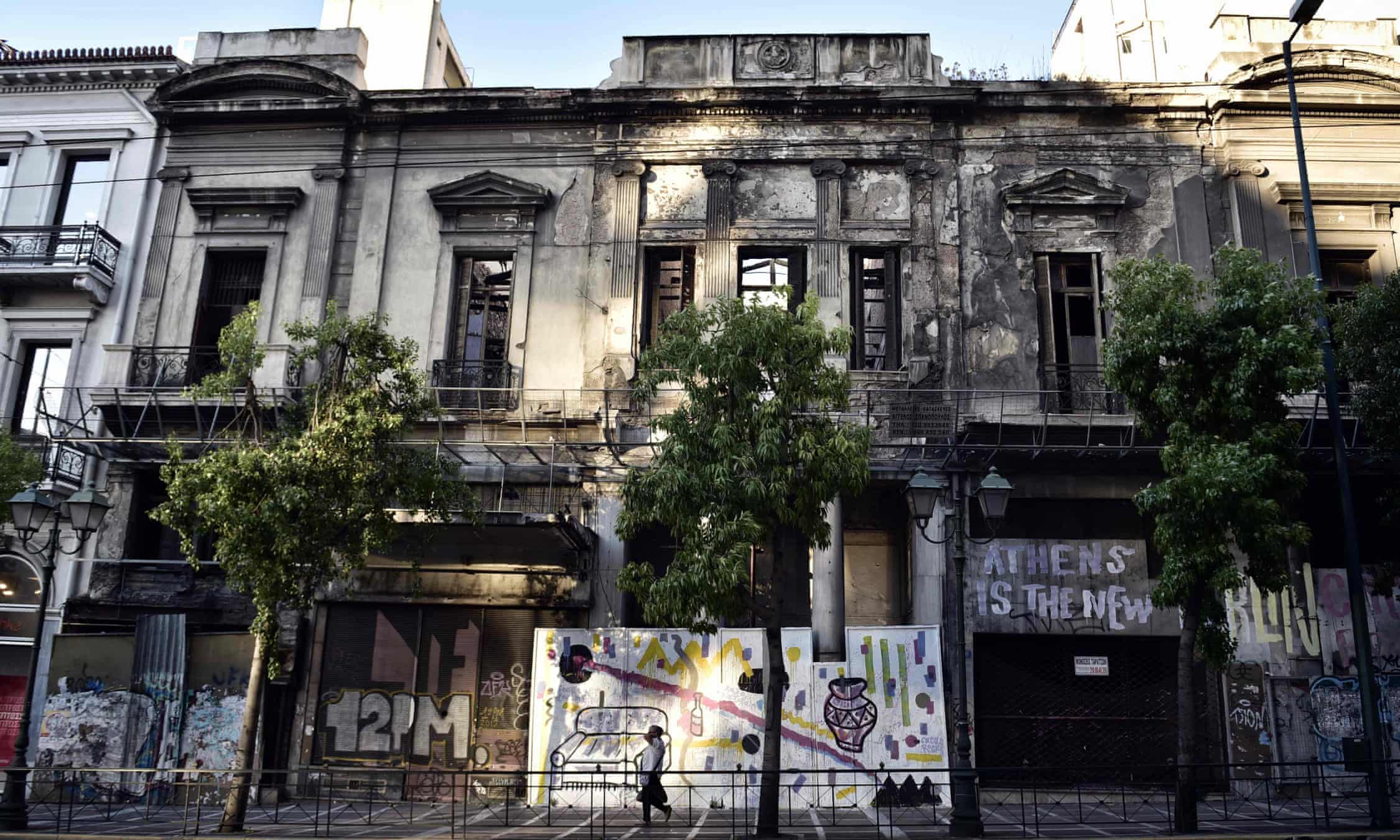Writing for The Guardian, Helena Smith reports on the staggering loss in recent years of Athens’s nineteenth- and early twentieth-century buildings, partly because austerity-stricken owners simply cannot afford the upkeep. Read an excerpt from the article below, or the full piece here.
Against a backdrop of economic recession – the price of three gargantuan bailouts to keep the debt-stricken country afloat – home maintenance has become a luxury few can afford. With bank loans frozen and cuts and tax increases straining budgets, many of the buildings have been allowed to fall into disrepair, or have been pulled down altogether.
“In the present climate, people just don’t have the money to restore them,” says Irini Gratsia, co-founder of Monumenta, the association of archaeologists and architects that is collating the database. “There is a great danger that many will be demolished not because their owners want new builds, but because they want to avoid property taxes announced since the crisis began.”
Monumenta estimates that, since the 1950s, as many as 80% percent of Athens’ buildings from the 19th and early 20th centuries have been destroyed.
Now at risk are some of the last surviving examples of Greek neoclassical architecture and Greek modernism, the latter scorned as “cement boxes” when they began to fill the great Attic plain. Mostly constructed between 1830 and 1940, they comprise the rich architectural mosaic of a city – dominated by the 5th-century Acropolis – that often goes unnoticed.
Image: An abandoned neoclassical building in central Athens. Via The Guardian.
